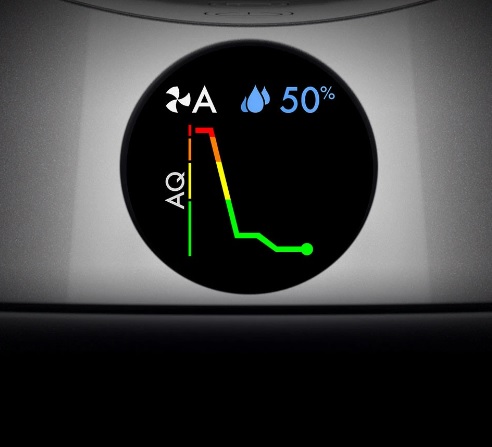Dyson has undertaken its first Global Air Quality Connected Data project, examining the indoor air quality data from more than 3.4 million connected Dyson air purifiers, including 105,768 in Australia.
The project studied indoor air quality data from 2022 to 2023 to landscape air quality in real homes across the world focusing on two types of pollutants – PM2.5, or particles as small as 2.5 microns in diameter that are invisible to the naked eye, and Volatile Organic Compounds (VOCs), which include benzene and formaldehyde emitted from activities such as cleaning or cooking.
Dyson engineering director for environmental care, Matt Jennings said, “Our connected air quality data allows us insight into the real problem of indoor air pollution in homes across the world. This gives us a direct understanding of the challenges Dyson purifiers face in real environments and the knowledge to engineer ever-better machines to tackle those challenges.

“The data we capture isn’t just an engineering tool – on an individual basis, this data is shared back through the My Dyson app in real-time and via monthly reports, to help owners improve their air quality understanding.”
The majority of countries studied exceeded outdoor PM2.5 levels for six months or more, including Australia, where indoor levels exceeded outdoor PM2.5 monthly averages for every month in 2022. Highest levels of indoor PM2.5 pollution were detected in the winter months, with July showing the highest levels.
The most prominent difference between indoor and outdoor air quality was detected in September and October, where indoor PM2.5 levels rose to two times outdoor levels. The indoor annual average PM2.5 levels in Australia in 2022 was 7.19μg/m³, which exceeds the WHO guideline limit for the average PM2.5 exposure (<5μg/m³).
Looking globally at the data from Dyson connected purifiers throughout 2022, when ranking countries on their average PM2.5 level, while India and China occupy the top two spots, Romania ranks sixth, Italy eighth, Poland ninth and Austria 10th. The UK (22nd) outranks the United States (26th), Canada (27th) and Australia (28th), but Germany and France rank higher, at 17th and 18th respectively.

